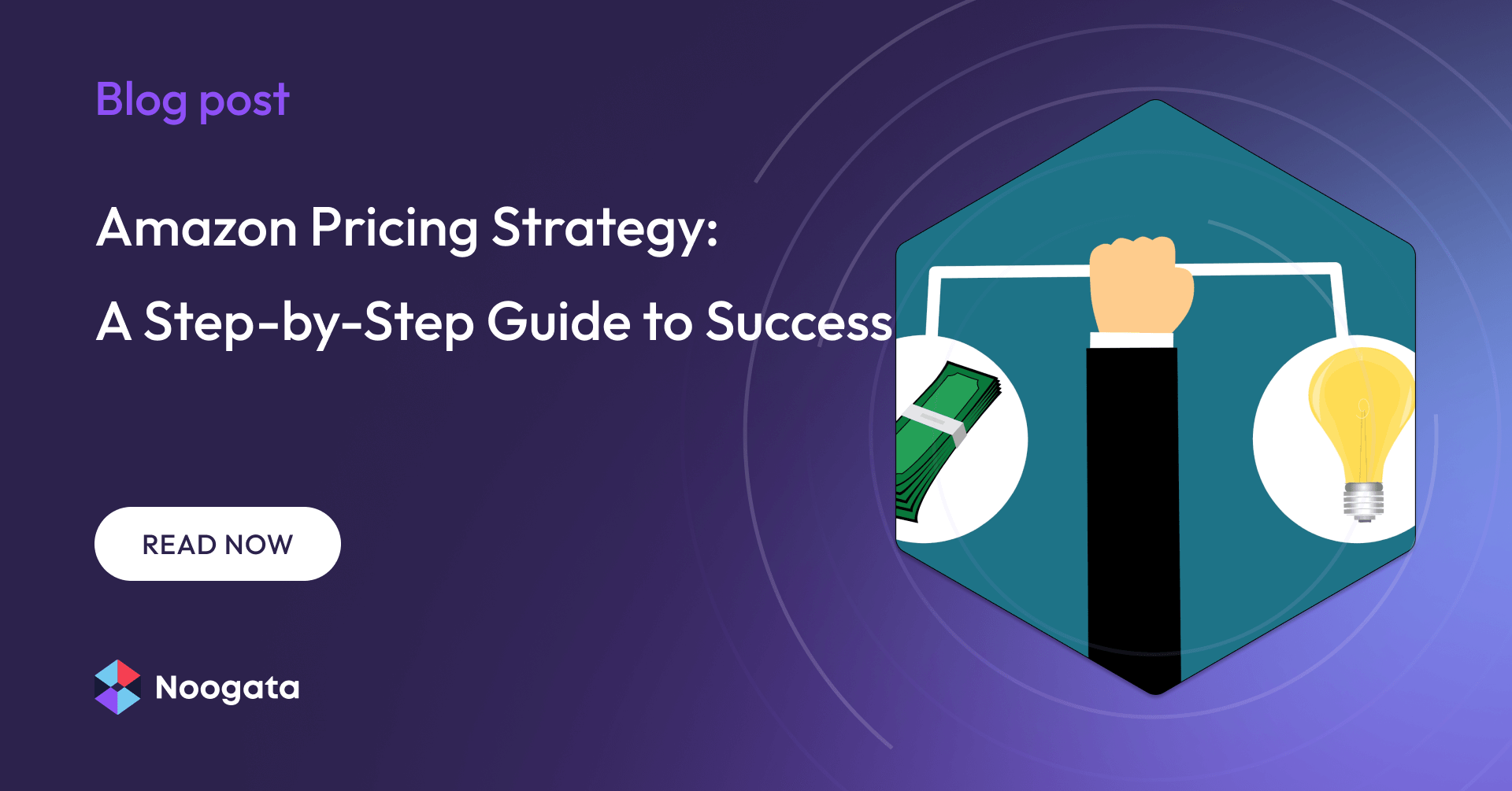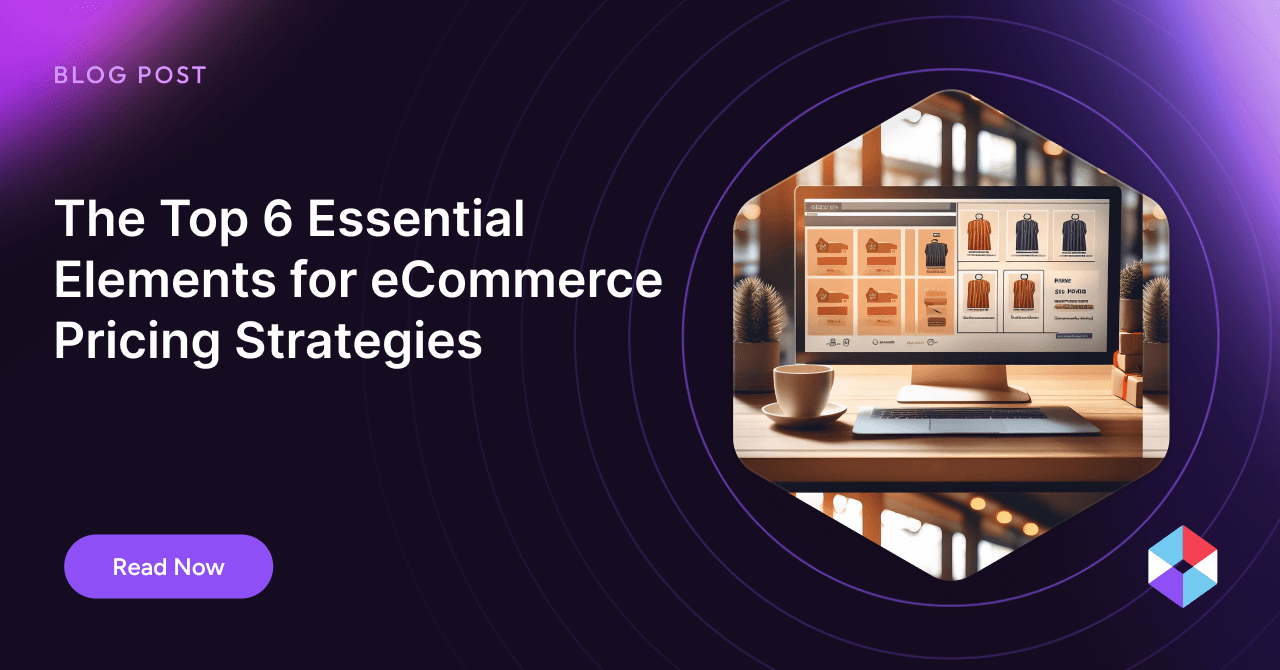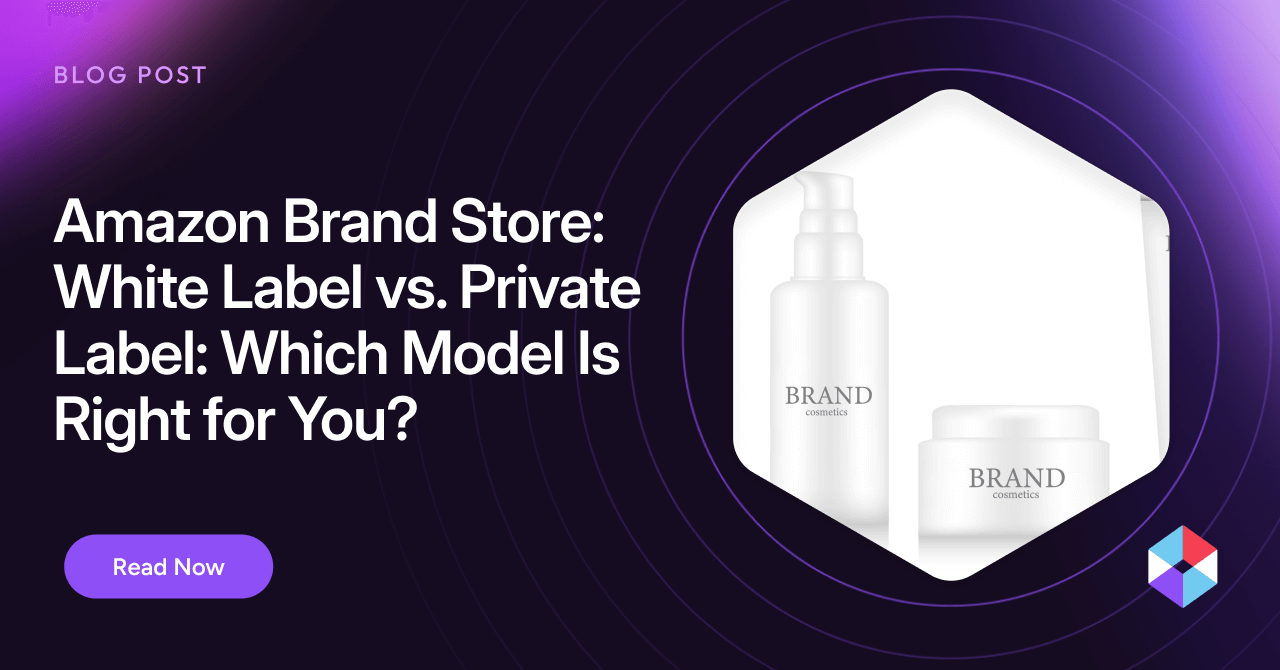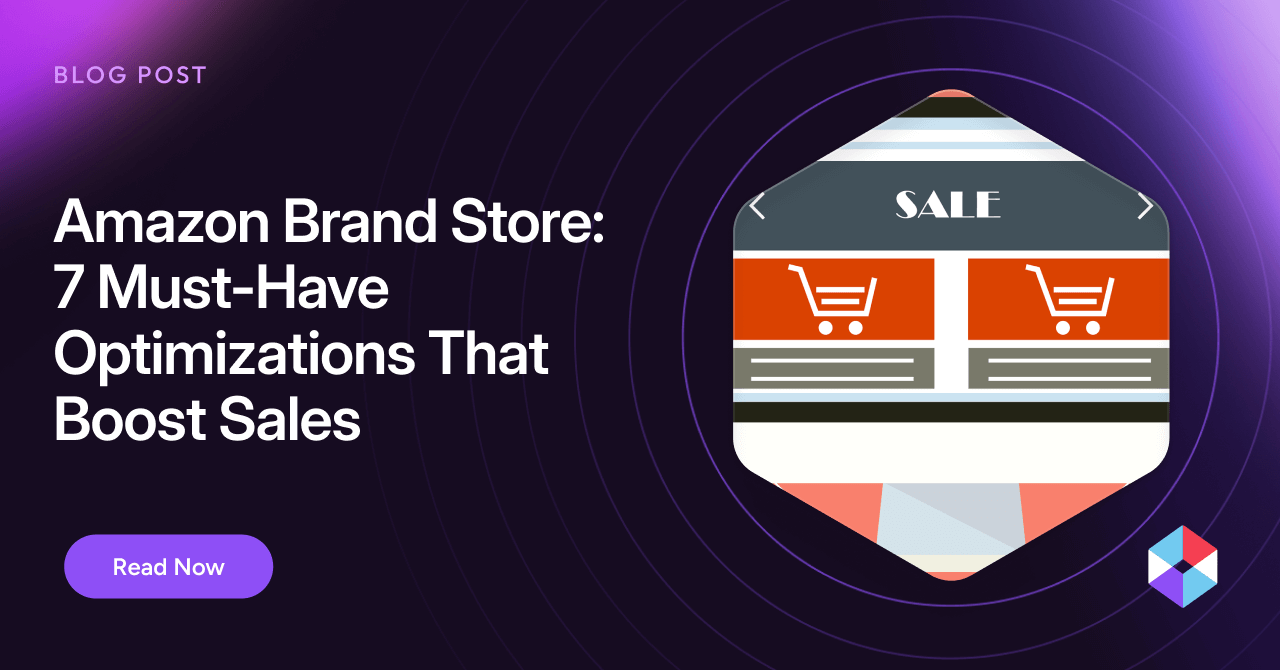For many consumers, e-commerce starts and ends with Amazon. Finding success on Amazon’s platform can be a game-changer for sellers, but competing with all the other sellers trying to stake out their territory on Amazon Marketplace is tough. To rise above the rest, you must be knowledgeable and smart in every aspect of your approach, including your pricing strategy.
Most buyers don’t care about the marketing wizardry that goes into getting their attention and persuading them to consider a purchase. When these tactics work, they tend to work invisibly, seamlessly paving the way for a smooth purchasing journey. Buyers consciously care about fundamental, quantifiable things like the price tag. As many as 90% of shoppers use the Amazon marketplace for price comparisons.
Price a product too high, and buyers will bounce right out of your sales funnel when it comes time to check out. On the other hand, prices that are too low can be self-defeating for the seller. That’s why an effective Amazon pricing strategy is essential to success.
This guide will provide a step-by-step approach to crafting a successful Amazon pricing strategy to help you win on the marketplace.
Why You Need an Amazon Pricing Strategy
One thing you should never expect to find on Amazon is a static list of unchanging prices. Amazon’s pricing model uses algorithms that set dynamic prices based on a variety of different factors, which means there’s constant pressure to keep your pricing up-to-date and aim for that sweet spot that customers will perceive as a great value.
In general, beating your competitors on price is a solid strategy. Given the option, most shoppers will try to save money by choosing the lowest price offered. However, racing toward rock-bottom pricing is not necessarily a good idea.
The obvious danger is in pricing your profit margins down to nothing. There’s also the risk that pricing your products too low might signal buyers that you aren’t providing high quality or service. This is especially relevant to merchants selling private-label products that are similar, but not identical, to their competitors’ offerings.
A successful pricing strategy will take all of these considerations into account and help you set prices that will drive sales, maintain your good reputation, and keep your profits up.
What is Amazon’s Pricing Strategy?
For their own products, Amazon follows a pricing strategy aimed at keeping them competitive with major big-box retailers like Walmart.
Under Amazon’s dynamic pricing model, the prices for products in high demand can change several times per day. Like the consumers who shop there, Amazon is constantly looking for better deals. When it finds a retailer offering a lower price, it weighs various factors—including the costs of manufacturing and shipping, customer behavioral data, inventory availability, and market trends—to set a new, optimized price for that product.
There are four different types of prices associated with any given product on Amazon:
- The baseline retail price
- The list price, which includes seller discounts or promotions
- The minimum advertised price, which is set by either Amazon or the manufacturer
- The Buy Box price, which includes shipping charges and is placed next to the “Add to Cart” and “Buy It Now” buttons in the Buy Box on the right-hand side of the product listing page
Marketplace sellers get to set their own prices, but Amazon still influences them by making them compete for ownership of the Buy Box. The Buy Box price, with its strategic placement right next to the purchasing buttons, tends to be the most impactful.
What are the most common Amazon pricing strategies used by sellers?
There are several common strategies Amazon sellers employ when setting prices:
- Economy – With this strategy, you would lower the prices as far as they can reasonably go to reach as many potential customers as possible. Low profit margins and free shipping are typical elements of this strategy, best suited for foods, household products, and other essentials.
- Premium – In contrast, this strategy deliberately sets prices high, trading on brand recognition and perceived value to command higher profit margins. This strategy can work for unique or private-label products backed by a positive brand reputation.
- Cost-Plus – A straightforward strategy, the cost-plus approach has you calculating the actual costs of manufacturing and marketing your products, determining how much profit you want to make on each sale, and setting prices based on achieving that rate of return.
- Skimming – This fairly high-level strategy involves setting your prices deliberately high, waiting for your competitors to follow suit, and then lowering your price to undercut them. It can be effective if you sell niche products in a competitive market.
- Penetration – This strategy is useful for increasing your market share or gaining a foothold among your competitors. You start by lowering your prices well below those of your competitors, then raising them back up to normal once you’ve achieved your sales goals.
What is repricing, and what are repricing tools?
Repricing is when you adjust your prices to be more competitive. Even lowering your price by as little as a penny can have a measurable impact. Manually repricing an extensive inventory of products can take significant time, so many sellers use software repricing tools to automate the process.
Repricing tools can detect when your competitors change their pricing, automatically calculate a new optimized price for your products, and submit your price updates to Amazon. Sellers can set rules to ensure the tool doesn’t lower a price beyond preset limits.
On Amazon, repricing is the norm, and it’s crucial to be able to react quickly when your sellers start offering better deals. Repricing tools can help keep your prices in line with your strategy at all times.
8 Steps to Success with Amazon Pricing
1. Determine Your Profit Margin
Before making an informed decision about how to set your prices, you need to know how much you need to charge to cover your expenses. As an Amazon seller, your cost of goods sold (COGS) includes production costs, Amazon fees, and marketing expenses. Settling on an acceptable profit margin is a business decision every seller must make for themselves. The average seller has a profit margin of at least 15%.
You can calculate your profit margin by subtracting COGS from net sales, dividing the total by the same net sales figure, and multiplying by 100.
2. Monitor Competitor Pricing
The only way to price competitively is to know your competitors’ prices. This means that first, you need to identify all competing sellers offering comparable products, and second, you need to monitor those prices for changes at all times.
Competitive intelligence platforms like Noogata can provide automatic monitoring, ensuring you never miss a sale or a markdown in your competitors’ listings. Even changes unrelated to price, like an increase in traffic, can be a sign that you need to modify your prices to compete effectively.
3. Utilize Price Analytics and Category Benchmarking
You must go deep into the data to price smarter than your competition, and actionable insights developed from AI-boosted competitive intelligence is the key.
To determine the optimal price points for selling your products at scale, you’ll need to engage in price analytics by looking at competitor prices for similar products in different categories, and your own price points and conversion rates. By analyzing this data, you can get insights into how to optimize your strategy for maximum returns.
Tracking competing products from other brands and establishing pricing benchmarks is another key to a successful strategy, and it’s important to factor in market trends and seasonal changes. Updating your pricing proactively will increase your traffic and sales.
4. Emphasize Product Quality
By using better materials, better manufacturers, and assembling products with care, you can justify higher prices and make customers feel like they’re getting a better value.
If you aren’t sure where to begin enhancing product quality, look at product reviews (both your competitors’ and your own) and see if customers are complaining about recurring issues or offering suggestions for improvement.
5. Test Your Pricing Models
Take some time to do A/B testing of different price points. List a product at price A for a week, then reprice it to price B for a week, and see how your conversion rates compare. Lower prices can influence shoppers’ perceptions, so it’s essential to run tests like this to see if low prices are actually working against you.
6. Take Advantage of Free Shipping by Amazon
Another example of lower prices hurting sales is when they’re disqualifying your purchases from Amazon’s free shipping deals.
Non-Prime customers are offered free shipping on purchases $25 or over. For example, if you’re listing a product for $22.99, but the minimum shipping cost is $5.99, you might see better sales if you price the product at $25 with Amazon covering the shipping.
7. Offer Coupons and Business Pricing
Shoppers love feeling like they’re getting a special deal. To capitalize on this, you can incorporate promo codes, coupons, and business pricing into your pricing strategy.
Coupons can be created and offered within Amazon itself, and customers will notice them while scrolling through product listings. You can even factor the coupon discount into the list price—the coupon will still get attention and have a motivating effect.
It’s also possible to set special prices and bulk discounts on Amazon for registered business accounts, which can increase conversions among those buyers.
8. Win the Buy Box
The Buy Box contains the default price and purchase information for a product listed on Amazon. While customers can always shop around and select which seller they’d like to order from, most will simply go with whoever appears in the Buy Box.
When you and your competitors are all selling the same product, only one of you gets that coveted placement in the Buy Box. Amazon uses its own internal algorithm to decide who gets the Buy Box, and multiple factors are in play.
To have the best chance of winning the Buy Box, you’ll need a professional seller account, a strong seller ranking backed by many positive customer reviews, and a low rate of product returns. Fast shipping also helps, and you’ll want to ensure that you have detailed information and high-quality product images on your product description page.
Create a Winning Amazon Pricing Strategy with Noogata
Setting the ideal price for an Amazon listing is both an art and a science, and it’s also an ongoing process. With repricing on the table, you must watch your competitors, follow trends, and update prices as often as necessary to maintain your advantage.
Amazon sellers and digital brands selling on Amazon can use the analytics and insights provided by Noogata’s eCommerce competitive intelligence platform to develop a successful pricing strategy. Book a demo and discover how Noogata can give you complete visibility into the competitor landscape and help you maintain a winning position on the digital product shelf.








